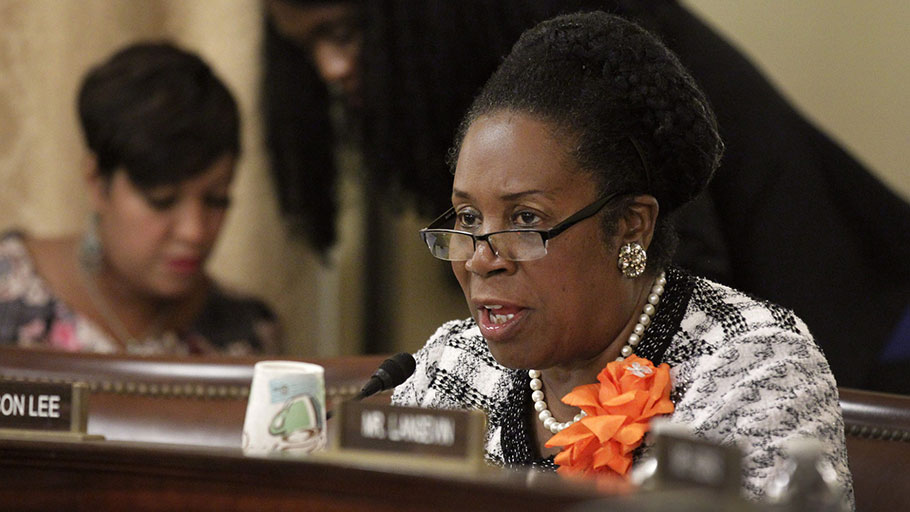
By Roger House, The Hill — The black American demand for reparations over slavery and segregation has gained attention in political circles recently. How it emerged as a topic of federal policy…

By Roger House, The Hill — The black American demand for reparations over slavery and segregation has gained attention in political circles recently. How it emerged as a topic of federal policy…
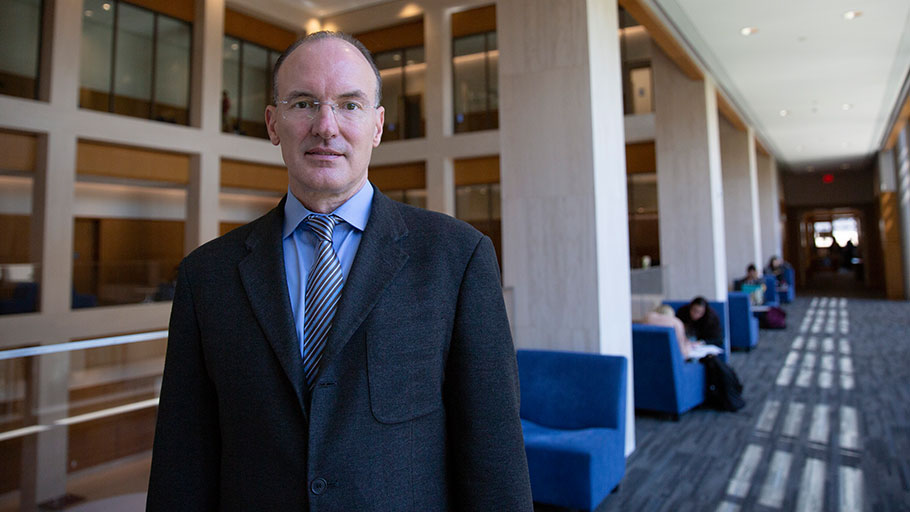
By Christine Buckley, UConn Today — Last month, Georgetown University’s undergraduate students voted in favor of a referendum to voluntarily charge each student a fee to be paid into a…
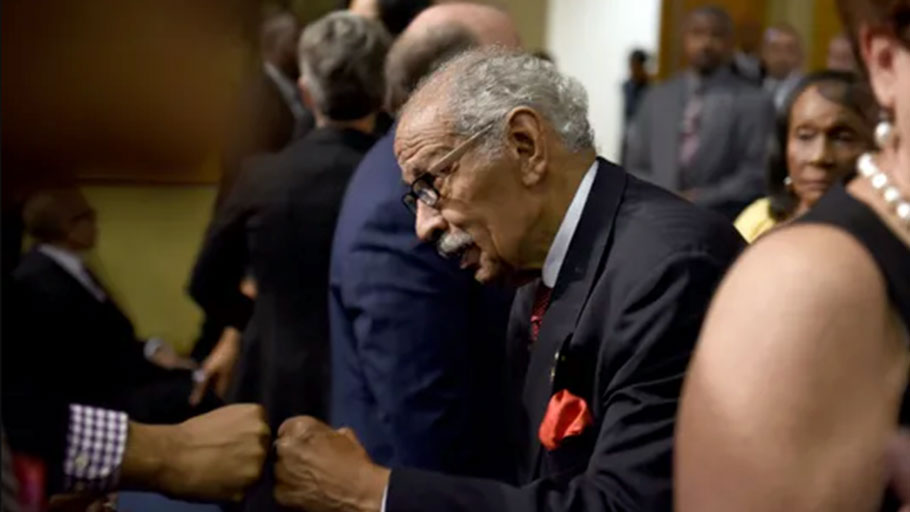
By Melissa Nann Burke, The Detroit News — U.S. Rep. John Conyers Jr. introduced a bill in every Congress for nearly 30 years to study the institution of slavery and…
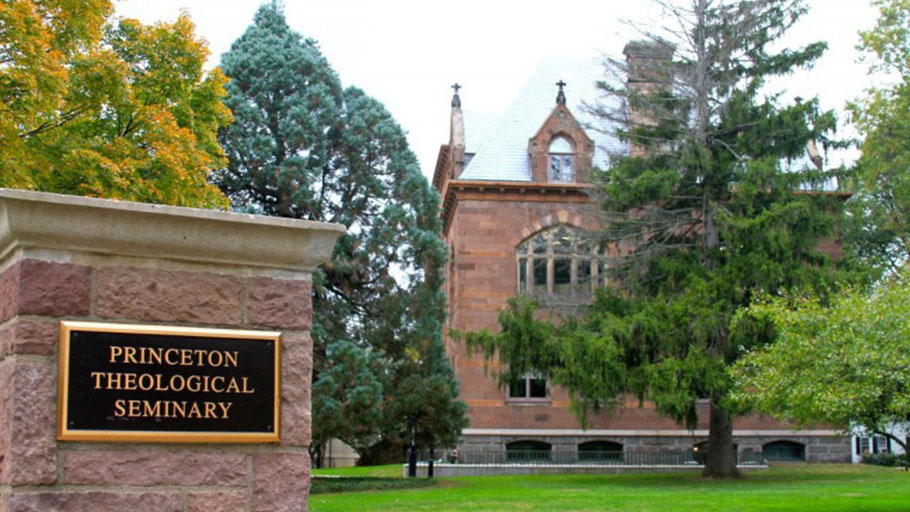
By LaMont Jones, Diverse: Issues In Higher Education — It makes sense that African-American students at Princeton Theological Seminary have issued reparatory requests based on research tying much of the…

Understanding what the conversation about reparations is, and isn’t, about. By Richard North Patterson, The Bulwark — In 2014, Ta-Nehisi Coates wrote his seminal essay “The Case For Reparations.” Five years later…
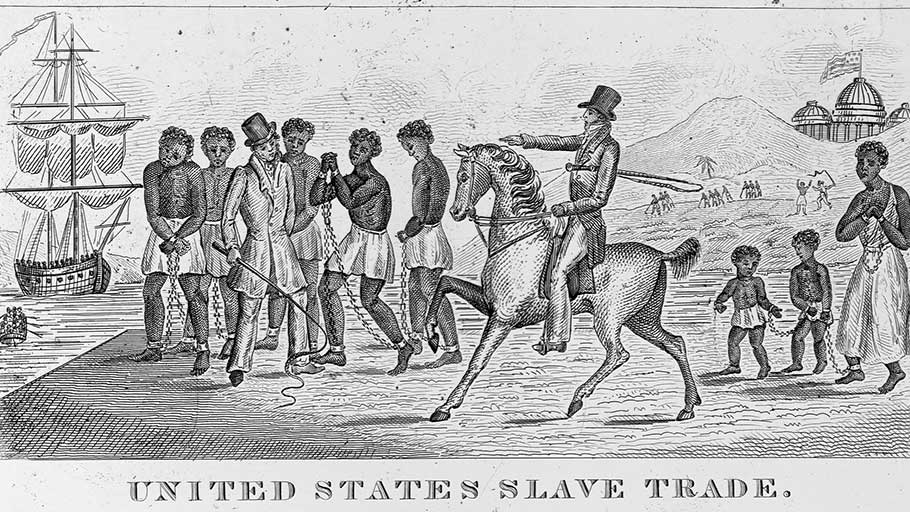
Lincoln signed a bill in 1862 that paid up to $300 for every enslaved person freed. By Tera W. Hunter, New York Times — On April 16, 1862, President Abraham Lincoln signed a bill emancipating enslaved people in Washington, the end of a long struggle. But to ease slaveowners’ pain, the District of Columbia Emancipation Act paid those loyal to the Union up to $300 for every enslaved person freed. That’s right, slaveowners got…
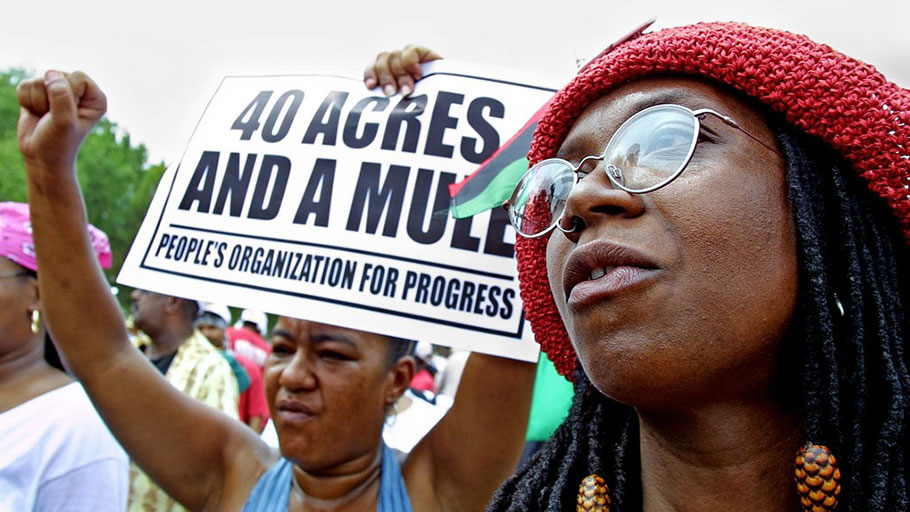
The debate on when it is relevant to apologize and pay reparations for misdeeds and human rights violations tells us that the past is never dead. By Jorge G. Castañeda,…

The school still needs to approve the referendum before it could take effect. By Beatrice Peterson, Rachel Scott, Erica Y King and Christen Hill, ABC News — Georgetown University could…

By examining scientific papers, correspondence between naturalists, and the records of slaving companies, historians are now seeing new connections between science and slavery and piecing together just how deeply intertwined they were. By Sam Kean, Science Magazine — At the dawn of the 1700s, European science seemed poised to conquer all of nature. Isaac Newton had recently published his monumental theory of gravity. Telescopes were opening up the heavens to…

By Jordain Carney, The Hill — Sen. Cory Booker (D-N.J.) said on Monday that he will introduce legislation creating a commission to study the issue of granting reparations to African-Americans….
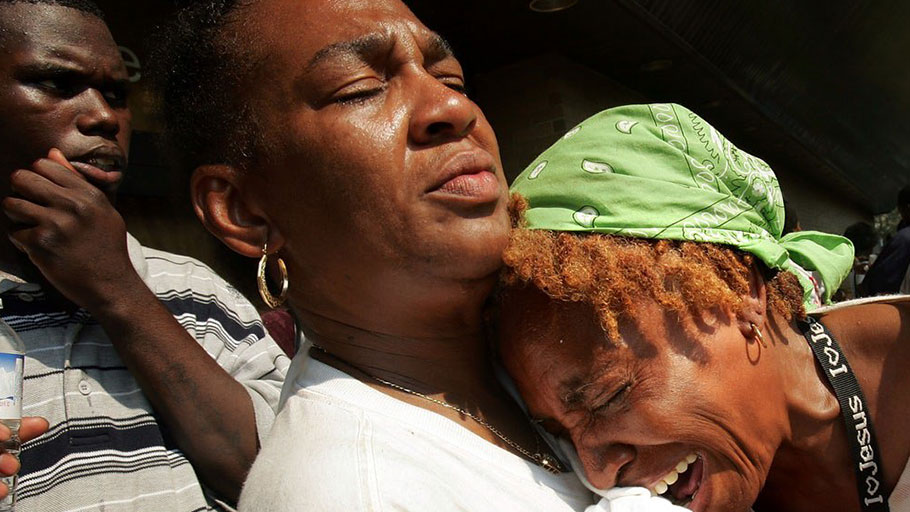
The Democratic Party is talking about both issues separately. They make more sense in tandem. By Emily Atkin, The New Republic — Environmental justice activist Anthony Rogers-Wright lives full-time in Seattle, Washington, but just happened to be in Massachusetts last weekend when he heard that Senator Ed Markey was holding a town hall about the Green New Deal in Northampton, a crunchy college town in the heart of the state.…

By Wyatt Massey, Frederick News Post — The Rev. Dr. Ernest Campbell said no, James Forman could not speak at his church service the next day. Campbell was the senior pastor at Riverside Church, a predominantly white church on the west side of Manhattan. Forman, a black civil rights leader, wanted to read something to the congregation at the next day’s service on May 4, 1969, according to a history…